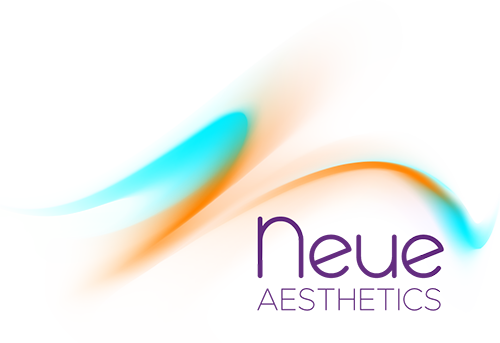What to expect with my IPL hair removal treatment?
Some people are more sensitive to light than others, so be completely honest when filling out the consultation form. Prior to your treatments our trained therapists will discuss in detail how IPL works, whilst assessing if the treatment is suitable for you. A patch test is essential and will be performed before your first session regardless of any treatments elsewhere, and especially if you have had any recent solarium treatments or sun exposure. For hair removal, it can take up to 10 to 14 days for the skin to ‘purge’ the treated hair.
During your treatment you will wear protective eyewear, lie back and relax while the therapist moves the hand piece slowly over the area firing the light exactly where required. Most people experience minimal discomfort, feeling no more than a warm flick on the skin. Cooling can be applied after to minimalize this sensation. I.P.L can be used to treat on most skin types and any area of the body (except under the eyebrow). For hair removal the number of treatments required varies depending on the density, colour and location of the hair. At any one time approximately 30% of hair is in the growing stage of hair growth. The remainder is dormant and is unable to absorb light. IPL will destroy around 15% of the growing hair at each treatment. Most people require 6 to 8 treatments give or take one or two. However, hormones and/or previous epilation methods can increase the number required. With the majority of treatments there are little or no side effects so you can resume your usual routine immediately. Slight redness and/or swelling of the follicle may occur and we see this as a good result.
What is IPL hair removal?
Intense pulsed light (IPL) is a non-invasive skin treatment that uses high-energy pulses of red and yellow light to improve the appearance of skin problems such as vascular lesions, freckles, age marks, fine lines and wrinkles, and hair removal. IPL is suitable for a wide range of skin types and hair colours. It can also treat a larger area of skin with each light pulse than a laser can, meaning that IPL treatments are typically faster and less expensive than laser skin treatments. IPL therapy is a non-ablative resurfacing technique. This means that it does not affect the top layers of skin (epidermis), but rather the lower layers (dermis). The results are not as dramatic as those clients see with ablative techniques that affect both the epidermis and the dermis, but IPL has less downtime – an important advantage for someone who likes the idea of being able to return to work immediately (often the same day).
How does IPL hair removal work?
Just as with laser treatments, IPL systems cause light energy to be absorbed into specific target cells. This light energy is then converted to heat energy; this damages the target area. One difference between IPL systems and lasers is that IPL systems deliver more than one wavelength (or colour) with each pulse of light (as opposed to lasers, which deliver only one wavelength). Most IPL systems refine the energy output with filters to enhance penetration and target specific parts of the skin that absorb light. During hair removal, melanin in the hair shaft absorbs the red light directed at the hair follicle. This causes the temperature to increase up to 75 degrees Celsius, which destroys the dermal papilla. The yellow light then further inhibits hair regrowth by targeting the blood supply to the growth cells.
